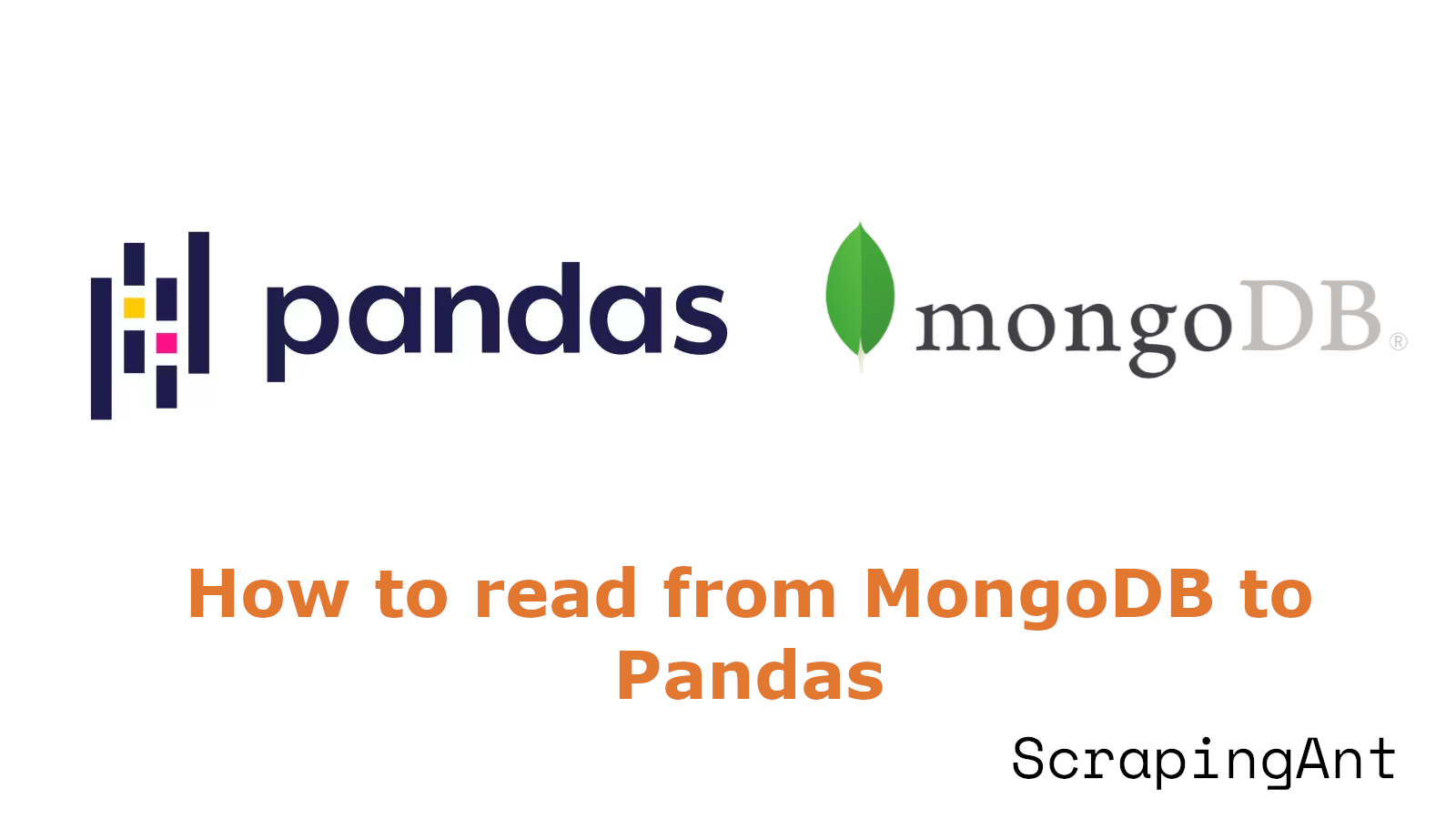
Web scraping has become an essential technique for data extraction, particularly with the rise of dynamic websites that deliver content through AJAX and JavaScript. Traditional methods of web scraping often fall short when dealing with these modern web architectures, necessitating more advanced approaches. Using the Go programming language for web scraping offers several advantages, including high performance, robust concurrency support, and a growing ecosystem of libraries specifically designed for this task.
Go, often referred to as Golang, is a statically typed, compiled language that excels in performance and efficiency. Its compilation to machine code results in faster execution times compared to interpreted languages like Python. This is particularly beneficial for large-scale web scraping projects where speed and resource utilization are critical. Additionally, Go's built-in support for concurrency through goroutines enables developers to scrape multiple web pages concurrently, making it highly scalable.
This report delves into the techniques and best practices for scraping dynamic websites using Go. It covers essential topics such as identifying and mimicking AJAX requests, utilizing headless browsers, and handling infinite scrolling. Furthermore, it provides insights into managing browser dependencies, optimizing performance, and adhering to ethical scraping practices. By the end of this report, you will have a comprehensive understanding of how to effectively scrape dynamic websites using Go, leveraging its unique features to build efficient and scalable web scraping solutions.








